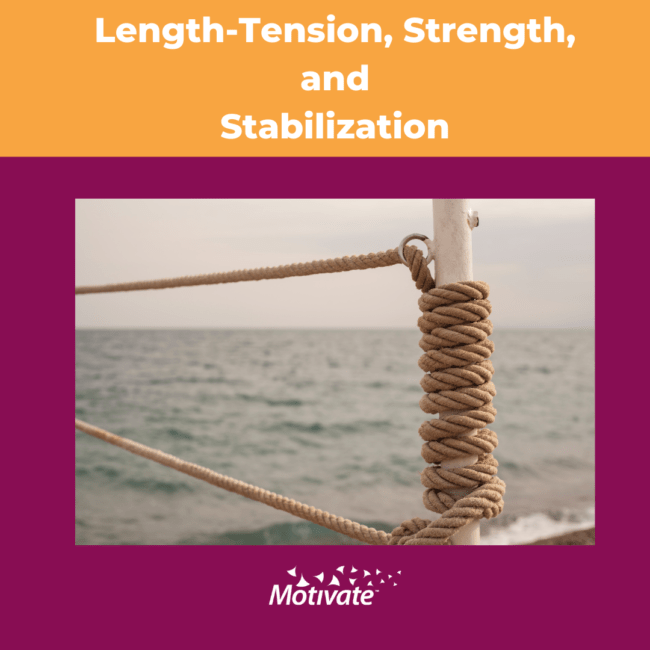Occupational therapists use a whole-body approach to treat all areas of an individual both psychologically, socially, and physically. It is our job to assess the effects of mental stress on our biology. Stress affects how we move because our body will always protect us, our tissues will lengthen or shorten, changing how we move. Pelvic floor OT’s assess the body’s tissue length and rigidity because it affects our core stability and strength. Specifically, those who carry stress without awareness, may be more inclined to have a tight pelvic floor leading to groin or genital pain, constipation and pain with sexual intercourse. In others, pelvic floor issues may look like leaking urine or feces.
Lengthening tight muscles to provide stability to the pelvis and strengthening weak muscle to promote adequate pelvic floor function is key to participating in occupational tasks. Coordination is key, not strength alone. Quality of life is about balance. If we cannot physically handle the challenges of life, than we will limit ourselves mentally, emotionally, socially, and spiritually; depression and anxiety will follow. That is why, as OT’s, we are aware of the mental and physical connection of the pelvic floor and use it to help guide our process to improve function, stability and strength in the pelvis.

- April 26, 2021